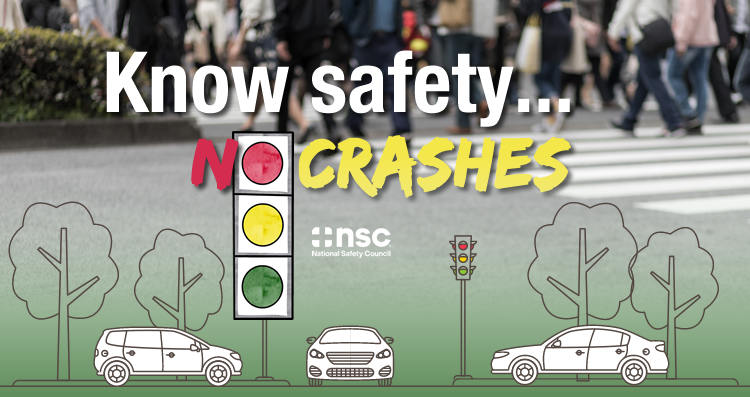I admit I’m camera shy. In fact, my family and friends and coworkers can attest to this and don’t even question me at this point. It’s just how I roll.
So, when employers started telling me about how successful their safety efforts are through In-Vehicle Monitoring Systems, some of which include cameras, I wanted to hide under the nearest dashboard. Monitoring driving behavior through technology in company vehicles has created coachable moments, they added. And then they started to tell me why.
One safety leader told me the camera catches people doing things they don’t even know they’re doing. We daydream, we look around or read billboards, we react to other drivers or … well, there’s a lot we do. And a few things we do that cameras catch are providing insights into driver behavior.
All employers had different perspectives, but these universal truths resounded among them:
- In-vehicle monitoring opens the door for coachable moments like nothing has ever before.
- Responding as quickly as possible to a risky driving behavior is noted as an important safety training strategy. Why wait?
- There’s no definitive answer regarding how to use technology to improve a driver’s safety. The answer evolves and is situational.
- Learning not just how, but where drivers are traveling, is an important aspect to understanding their challenges. Multiple hard-stops in a high-volume traffic area are hard to avoid, compared to a less traveled area or on a highway. So, understanding the route and the conditions is critical for the safety professional who is evaluating the data.
- Monitoring creates positive opportunities to recognize model drivers and this goes a long way toward creating a culture of road safety. Internal acknowledgment, drawings for bonuses and gift cards are good ways to incentivize safety.
How does all this really add up? When I asked employers using monitoring systems if they saw lower crash rates and incidents, they said absolutely. Spelled out, that’s Y-E-S. Every time I asked, the answer was the same. They also overwhelmingly reported that lower incident rates meant lower insurance costs.
What about the camera-shy folks? The ones that feel their privacy is being compromised? A few drivers resigned over the introduction of cameras. But as one safety leader told me, “Yes, but we just kept rolling.”
Said another way: Today’s technology creates opportunities for safer drivers and safer roads. No need to shy away from that.
– Cindy Leonard is a senior program manager with the National Safety Council



